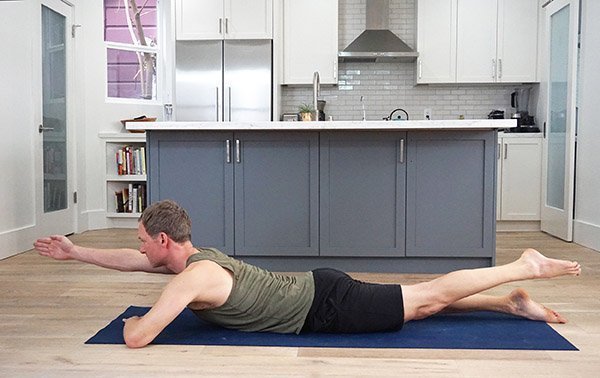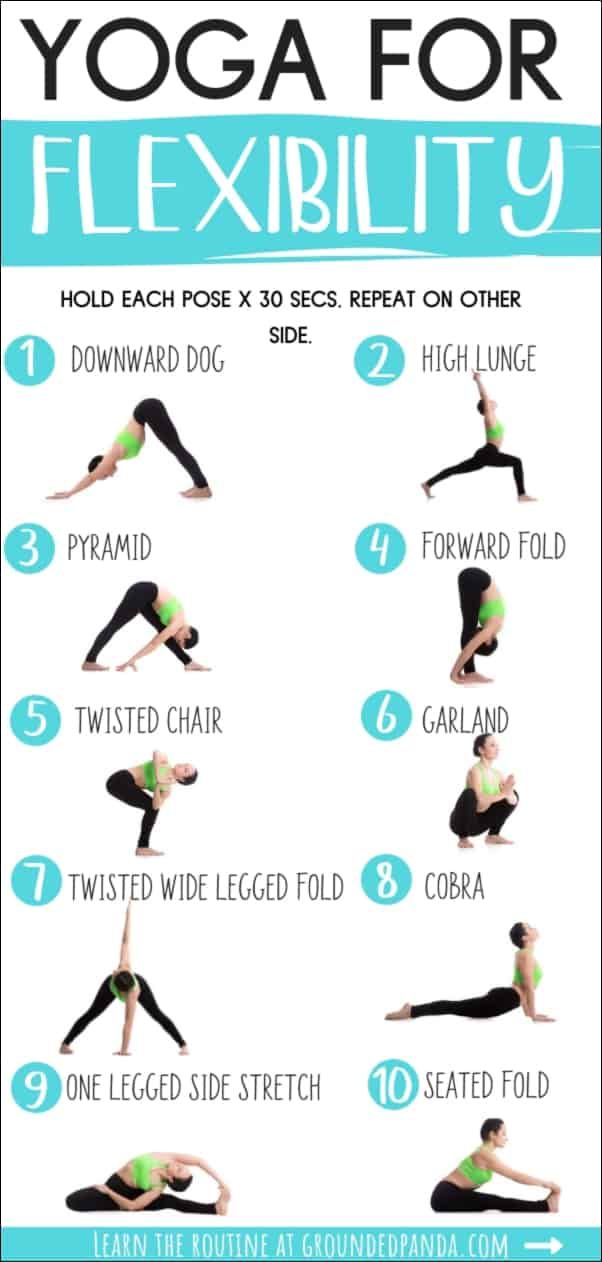
It has numerous health benefits that hot yoga can bring to your body. Not only does it increase flexibility, but it is also a cardiovascular workout. It can increase skin tone, improve digestion and detoxify the body. It is best to avoid yoga classes that involve intense heat if you have medical conditions. Learn more about the benefits of hot yoga, and how to safely do it.
Some risks of hot yoga include fainting, muscle cramping, and vomiting, especially if you are new to it. These classes should be avoided for people who have low blood pressure, or are suffering from other medical conditions. Additionally, people with cardiovascular diseases and pregnant women should consult their physician before taking a hot yoga class. Hot yoga is not for everyone. It is better to stay with regular classes if you're not sure. Moreover, those with pre-existing health conditions such as diabetes and heart disease should avoid hot yoga. Hot yoga should be avoided by people with heat intolerance.

However, despite its advantages, hot yoga poses some risks. Even though the temperature in the room should not exceed104 degrees Fahrenheit it is still dangerous for some. The heat can lead to lightheadedness, dizziness and even heatstroke. If you're new to hot yoga, consult your physician before attempting it. It's best to consult your physician before you start a hot-yoga program.
Some people may have health conditions that make hot yoga unsafe for them. If you're prone to heart disease, you should consult your doctor before you begin any hot yoga sessions. There is another benefit to hot yoga. This increases muscle strength which is vital for your overall health. The US Department of Health and Human Services recommends doing two hours of muscle strengthening exercises per week. If you're worried about the risks of hot yoga, start with conventional yoga or a low-heat yoga class first.
Although most hot yoga practitioners are satisfied with the benefits, there are risks that could limit the exercise's benefits. A recent survey by Mace Firebaugh found that 49% of hot yoga practitioners reported a better mood, greater flexibility, and lower anxiety. Although there are risks, the majority of people who practice hot yoga experience minimal or no negative effects.

Many benefits of hot yoga are related to its ability to improve mood. It can be helpful for people who are suffering from depression. It's also a great form of exercise. You may find it helpful to start with hot yoga before moving on to heated classes. You can also take a beginner's class, then move on to a more advanced. You might prefer to take both.
FAQ
How many calories do I need to eat each day?
This varies from person to person. On average, 2000 to 2500 calories are consumed per day. You need to determine how many calories you need based on age, gender, height, weight, activity level, and lifestyle.
What is the best way to increase muscle mass?
There are two major exercises that you should do when you want to build muscle mass. These are the isolation exercises as well as compound movements. While isolating exercises target specific muscles, compound movements are designed to focus on multiple muscle groups at once.
You can improve your workouts by choosing exercises that challenge all major muscle groups. This ensures you're always pushing yourself during your workouts.
An app called MyFitnessPal allows you to keep track of everything. It lets you log everything from calories burned and weight lifting. You can also create customized meal plans based upon your goals.
Is it true?
Protein is essential for healthy bones and tissue. Too much protein can cause calcium to be excreted through the urine. This can lead to kidney stone formation.
It is important to remember that not all people get kidney stones from eating more than 2g protein per kilogram (2.2lbs) of body weight. People can eat large amounts of protein and not get kidney stones.
Your sodium intake can prevent kidney stone formation. The kidneys regulate the amount of sodium they consume. Too much sodium can cause kidney stones.
If you have kidney stone, you might also consider reducing your protein intake. The majority of adults need protein for half their daily caloric needs. If you cut back on protein, you'll likely lose weight.
If you do decide to eat more protein, don't go overboard. You should aim to consume less than 20% of your total calories from protein.
What does the milk do for men
Think about other uses for milk next time you purchase it. You might also find it helpful to stop drinking coffee.
Both children and adults have been shown to benefit from milk. Milk is rich in nutrients for children, including vitamin D and calcium.
It aids in digestion, strengthens bones, and promotes weight loss. People who consume dairy products have lower rates of illness and better immune systems.
Lactose is also a major component of milk, so those who are unable to digest it easily can still enjoy the benefits of this sugar without having stomach problems.
Consider drinking more milk, instead of sodas or juices. Milk contains more calcium and vitamin D, which can strengthen your bones and teeth.
If you don't like the taste of milk, you can always make your yogurt using plain low-fat milk. Yogurt is a great alternative to milk since it is lower in calories and higher in protein.
Yogurt also has probiotics that aid digestion and increase immunity.
If you're having trouble sleeping, try taking a glass of warm milk before bedtime. Warm milk relaxes muscles, increases serotonin levels and helps you get a good night of sleep.
What is a good schedule for a 7-day work out?
A seven-day program should include three days of cardio training (running, biking and swimming), two strength exercise (using free weights or weight machines) and one flexibility/core work out (yoga, Pilates). Each activity must be completed at least once per week. Each session should last no more than 45 minutes.
Cardiovascular Exercise: Running, Biking, Swimming
Aim to do at least 60 minutes per week of cardio. For best results, aim for 75 minutes per week. Cardio exercise can stimulate blood flow and increase muscle growth.
Strength Training
Cardio exercises target your heart and lungs. Strengthening your muscles and bones is the opposite. Strength training can help you burn calories even when you're not working out.
Flexibility & Core Workouts
To strengthen your whole body, flexibility and core work outs are excellent ways to do so. Both yoga or Pilates are great options.
Statistics
- According to the American Heart Association, blood pressure should be checked at least once every two years, beginning at age 20. (my.clevelandclinic.org)
- The PRS enabled risk stratification for overall prostate cancer and lethal disease with a four-fold difference between men in the highest and lowest quartiles (HR, 4.32; 95% confidence interval [CI], 3.16-5.89). (pubmed.ncbi.nlm.nih.gov)
- According to the American Academy of Dermatology (AAD), men over 50 are at a heightened risk of developing it. (healthline.com)
- 10 pounds in a month is likely during a lean bulking phase, especially for beginners. (muscleandstrength.com)
- Are You One of the 20% of Guys (mh.co.za)
External Links
How To
What should you eat before you go to work?
To lose weight, you need to eat fewer calories than you burn during exercise. You should also consume all nutrients.
This includes protein, carbohydrates, fats, and vitamins.
The best way to achieve this is to eat smaller meals throughout a day rather than three large meals.
It is possible to not do as well if your body is too full when you work out.
Water is better than energy drinks that contain sugar and caffeine. This will help you stay hydrated as well as energized.
However, make sure you are consuming enough fluids. You could lose electrolytes if you drink too much water.
For proper functioning of your body, electrolytes are necessary.
You can drink sports drinks if you don’t have access water. They are high in potassium, sodium, calcium, magnesium and other minerals.
This helps replenish electrolytes that have been lost. But they won't replace what your body has lost due to sweating.
You can take multivitamin pills if you are concerned about salt loss during exercise.
These contain extra vitamin B6 which helps regulate the amount of sodium in your body.
However, you shouldn't rely on supplements if you don't know how much salt you're getting from food and beverages.
They aren't regulated by the Food and Drug Administration (FDA).
One example is that some sports drinks contain more sodium.
Sports drinks can contain artificial sweeteners and preservatives. These ingredients could cause digestive problems.
Sea salt is an option if you don't want to eat too much salt.
It contains fewer chemicals then table salt.
Sea salt is also low in iodine, another mineral needed for healthy thyroid function.